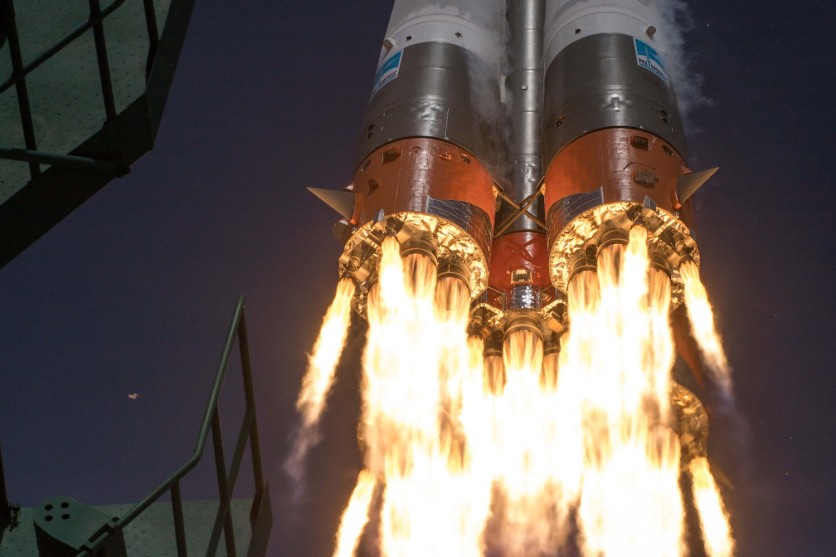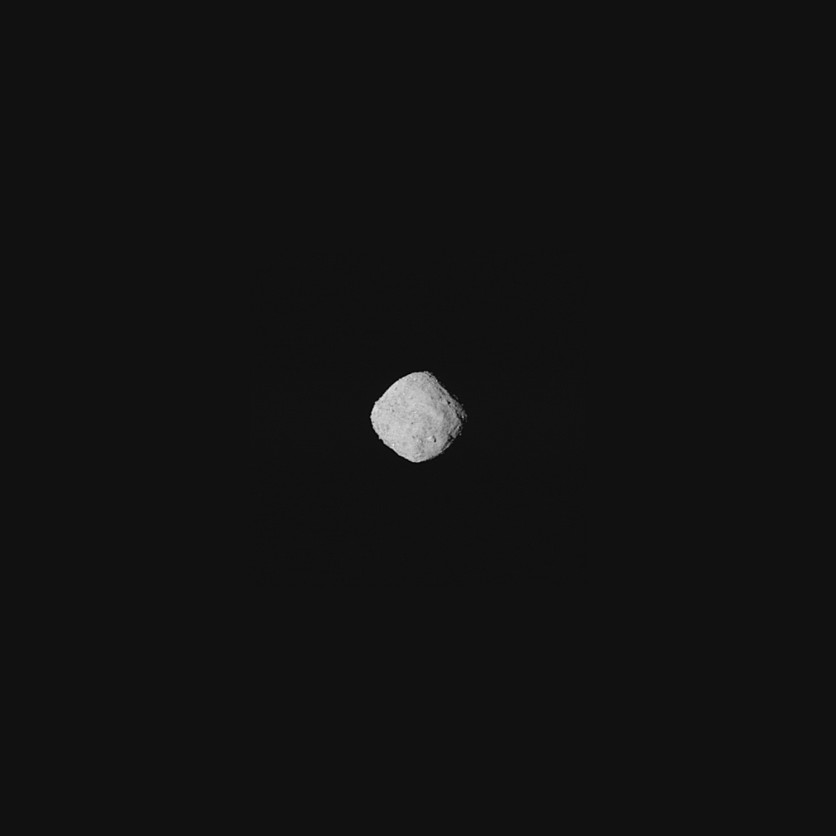
A team of engineers has recently monitored a spacecraft maneuver around a rocky asteroid more than 140 million miles from Earth. Instead of meeting up in the Colorado mission center, most of them checked in for the event from their home.
The event was an important dress rehearsal, which has been in the works for over a decade since OSIRIS-REx spacecraft was launched in 2016. The rehearsal went through operations the spacecraft will do in August when it would grab a tiny sample of rock from asteroid's surface.
In an interview with The Verge, Mike Moreau, the mission's deputy project manager at NASA's Goddard Space Flight Center, said that it was different from their original plan.
The mission center only had a small skeleton crew operating for the event while more than three-quarters of the team are monitoring remotely from home.
"We were all going to be there together in the mission operations area, and we actually had rehearsed that even before this checkpoint rehearsal; we had done a simulation," Dante Lauretta, NASA's OSIRIS-REx mission principal investigator at the University of Arizona.
Although nothing happened as planned as they were all in remote work conditions, the show must go on.
Despite the added challenges, the rehearsal went off without a hitch. During the practice session, OSIRIS-REx got closer to Bennu than ever before. It was a key maneuver that paves the way for OSIRIS-REx to get right next to Bennu's surface in August and scoop up 60 grams of rocks from a crater called Nightingale. The engineers are thrilled with the result.

READ ALSO : COVID-19 Update: Coronavirus Vaccine Makers Ask Government's Help to Make Millions of Doses by September
Work from Home Engineers
Like millions of people worldwide who scuffle with how to work from home, engineers who operate spacecraft share the same struggles. While all NASA centers have introduced mandatory telework policies, these do not include essential personnel who are tasked with calculating commands for interplanetary space probes and navigating rovers through harsh terrains on other worlds.
For some, the transition was awkward at first since operating a spacecraft often relies on numerous in-person communications. That is the case for Carrie Bridge, who works as a liaison between scientists and engineers operating NASA's Curiosity rover on Mars.
Every day, she talks with different scientists nationwide about how they would like the rover to accomplish, which she then relays to the engineers who actually navigate the robot. Normally, she just walks over to the engineering team at NASA's Jet Propulsion Laboratory in Pasadena, California, to coordinate the rover's movements.
Now, since everything is done online, she has about 15 to 20 chat rooms open for all the engineers and rover planners, aside from the teleconferences with different scientists across the country. "The level of intensity has gone up," she said.
Matt Gildner is one of the lead rover planners that Bridge talks to. He also coordinated all commands for Curiosity from his apartment in Los Angeles.
"I'm at home now... I have a nice desk set up, and I've got all my houseplants around me, dual monitors, and a good keyboard and mouse headset stand. And this is working out just fine," Gildner said.
Completely Remote Access
Although someone needs to be at the JPL mission control to send the commands that Gildner and his team have developed to the Deep Space Network, other spacecraft operators have figured out a way to send commands to their spacecraft even without having someone in the control center.
The Space Dynamics Laboratory in Utah operates two small NASA satellites, HARP and CIRiS. However, just before the lockdown, operators at this lab come up with a run around to actually send commands from their laptops at home.
"We were preparing and testing out our working from home techniques right before the pandemic hit," Ryan Martineau, an SDL engineer and spacecraft operator.
Martineau and his colleagues essentially took the software they use at their mission control centers allowing them to connect with the Virginia ground station, and they put it in their local computers.
"We run a [virtual] Linux machine inside of our Windows laptop that has all the software we need to run the spacecraft," he says. Thanks to this arrangement, Martineau can control the spacecraft around Earth from his home.




